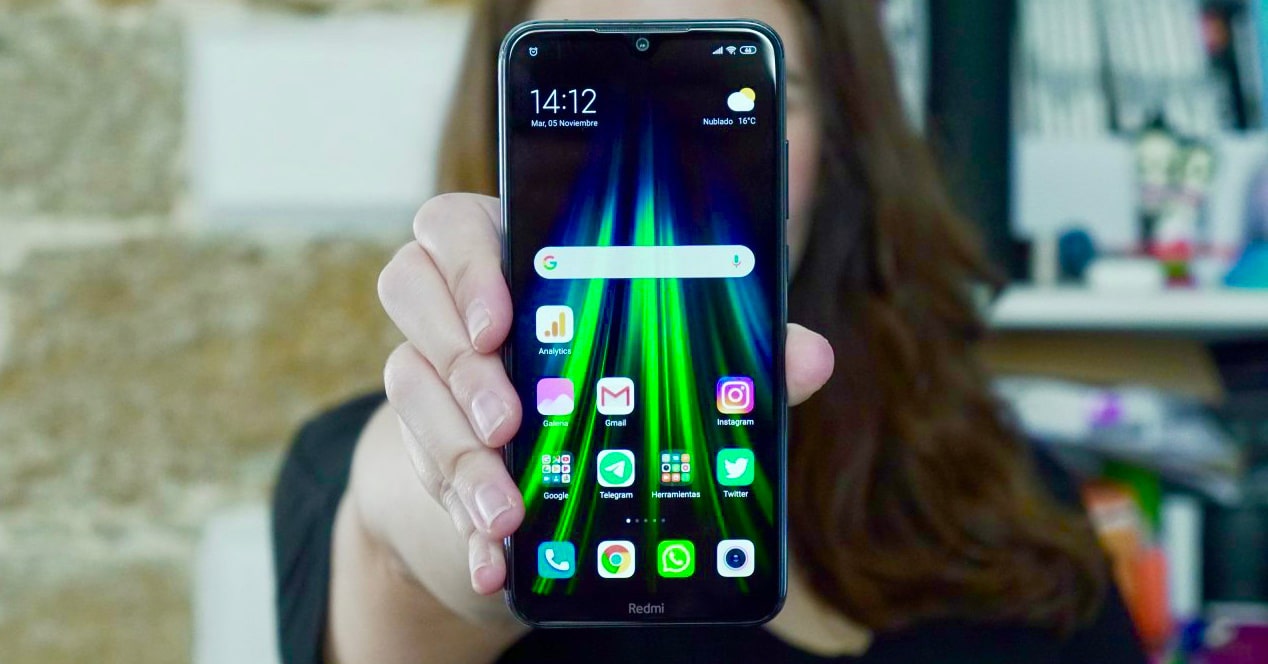
It's been a while since I complained about devilish Xiaomi's pace of releases: it has so many terminals and sometimes they are so similar to each other that it's hard to keep track of them. However, from time to time teams like the Redmi Note 8T and of course, I don't care about everything. The reason? That comes to pick up the witness of a phone that I loved, the Redmi Note 7, repeating the magic formula quality at a laughing price. I'm going to tell you what I thought.
Redmi Note 8T in video
Redmi Note 8T: in its price range, it is the king
I have already explained in the video that you have above the reason that there is a Redmi Note 8 and a Redmi Note 8T, so let's go directly to the point and assess what I thought of this terminal, a smartphone that is included within the range most basic media with very interesting features taking into account its attractive price.
And it is that Redmi Note 8T follows the trail and objective set by the redmi note 7 phone: offer a phone with very wealthy features at a really reasonable price and suitable for practically all wallets. This is noticeable as soon as you take it in your hand. The Redmi Note 8T It doesn't seem like it costs 179 euros, thanks to a well-worked design, a solid body and its glossy finish.

The cameras are located on its back, quite protruding from the surface but without being annoying, as well as its fingerprint reader. This is, as I usually say, old-fashioned, that is to say, leaving aside the prevailing sensor on the screen and betting on the usual reader, with a very comfortable reach and, above all, very efficient, fast and precise.
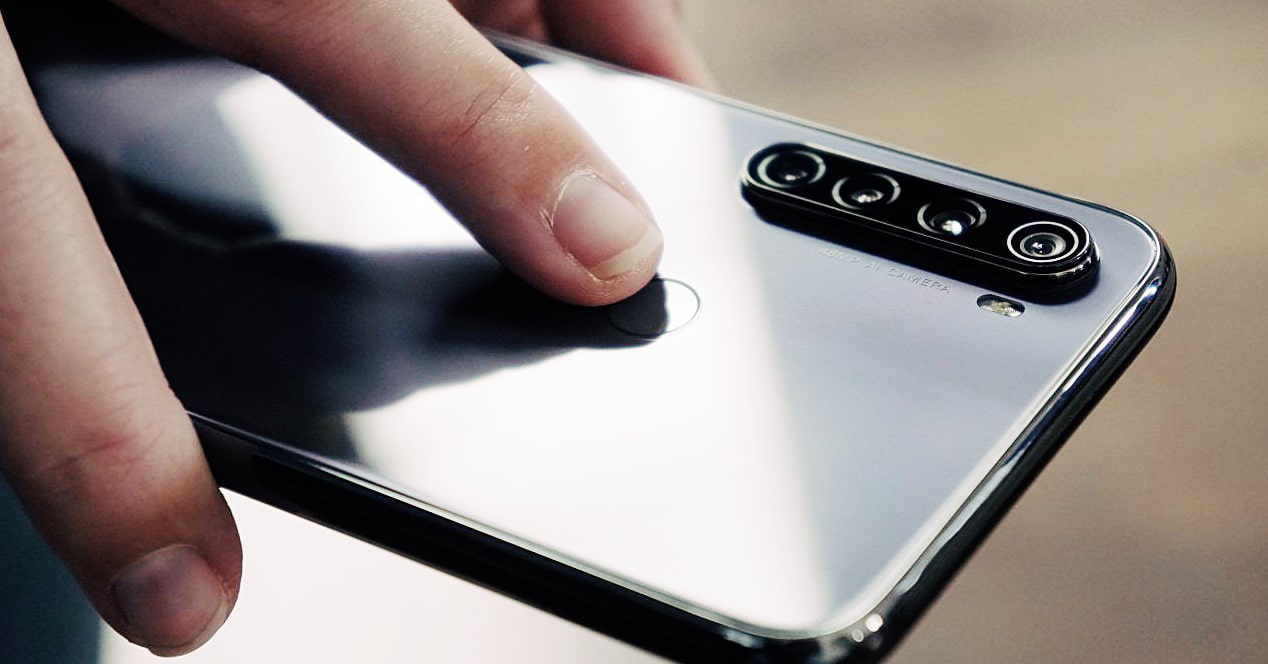
Internally we also have a good base. The terminal works with a snapdragon 665 processor, which could well have been something superior (the Redmi Note 7 has the Snapdragon 660), but we are not going to object to it because it works fairly good.
Let's see, you must be clear about one thing during the entire time you read (or see) this analysis: its valuation is always based on the price it costs. The Redmi Note 8T does not move with the fluidity and power with which a OnePlus 7T, but you will feel comfortable with it and you won't have major problems navigating through a well-known and easy-to-use interface, MIUI 10 on Android 9.
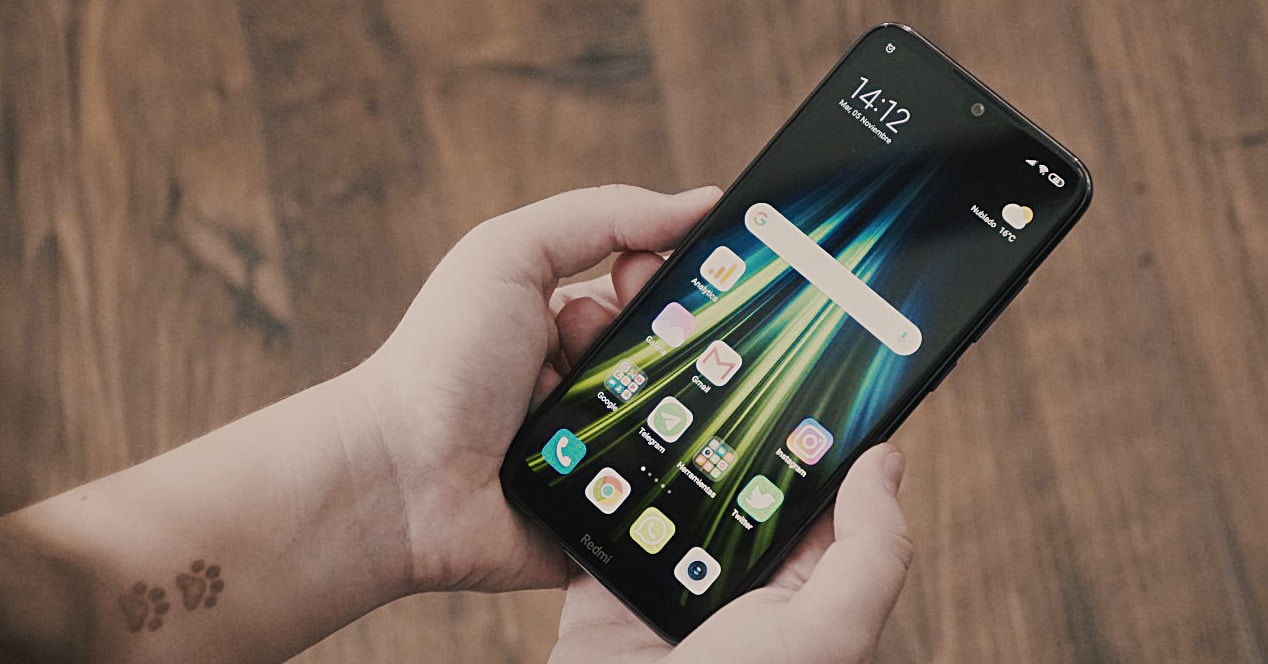
Something similar happens with cameras. The jump from Redmi Note 7 to Note 8T is important because we went from two sensors to four. These are not going to make you lose sleep -more than anything because you are probably already imagining what sensors it is about-, but having a phone with four sensors, acceptable results and a price of 179 euros is a great pleasure.
This Note 8T thus bets on the well-known 48-megapixel sensor that we continuously see in all mid-range terminals (and more than one "high-end"); the 8-megapixel wide-angle one; one of 2 MP for macros; and finally a 2 MP depth sensor that could well have been a telephoto lens to make the experience more round.

The results well defend themselves during the day, in terms of definition and color, and although the wide angle drops in quality, it can be useful in certain scenes. He macro it also takes quite interesting captures and it is also a function that you can activate or deactivate at will (in other smartphones it is an automatic process depending on how close you are to the object and does not give you the option to choose).

photo day
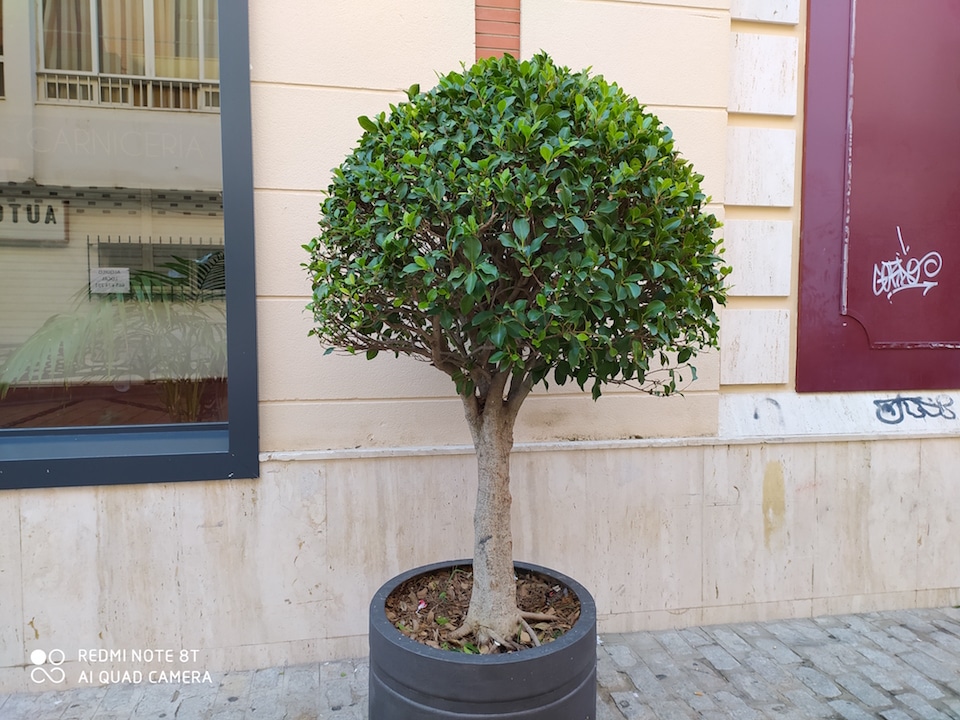
photo day

Photo with macro mode
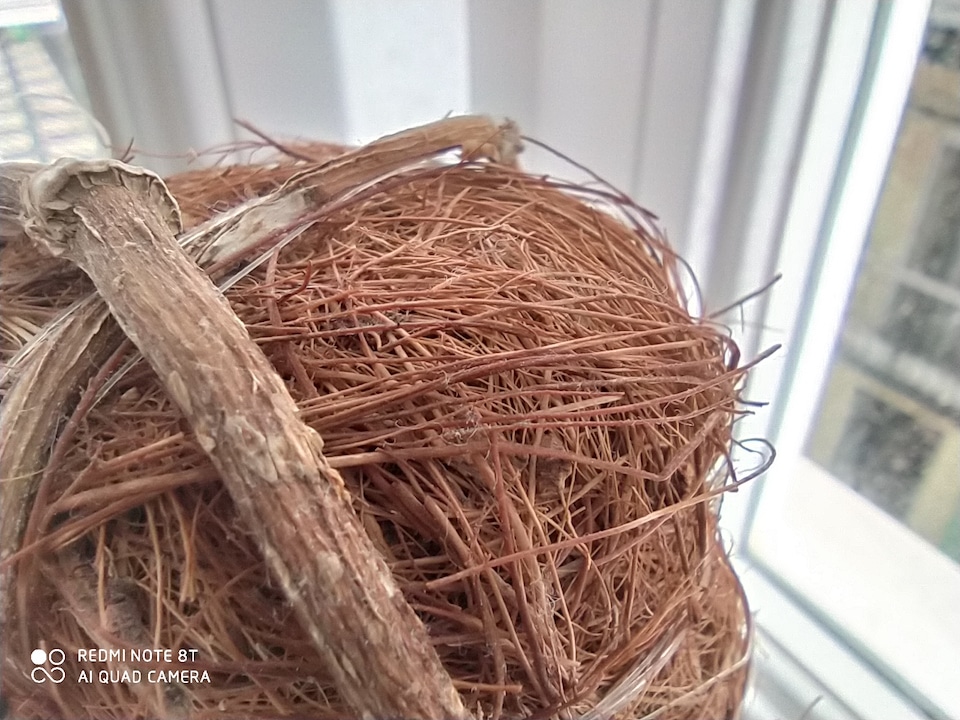
Photo with macro mode

Photo Portrait mode – Artificial light

Portrait mode with front camera
At night, performance drops a lot, but that was also to be expected, with rather poor handling of artificial lights and a significant drop in quality, although it is true that its night mode can save some scenes. As for the front, with a 16 MP resolution sensor, you will take selfies that follow the same line: acceptable and without surprises (neither good nor bad).

Photo low light, artificial light
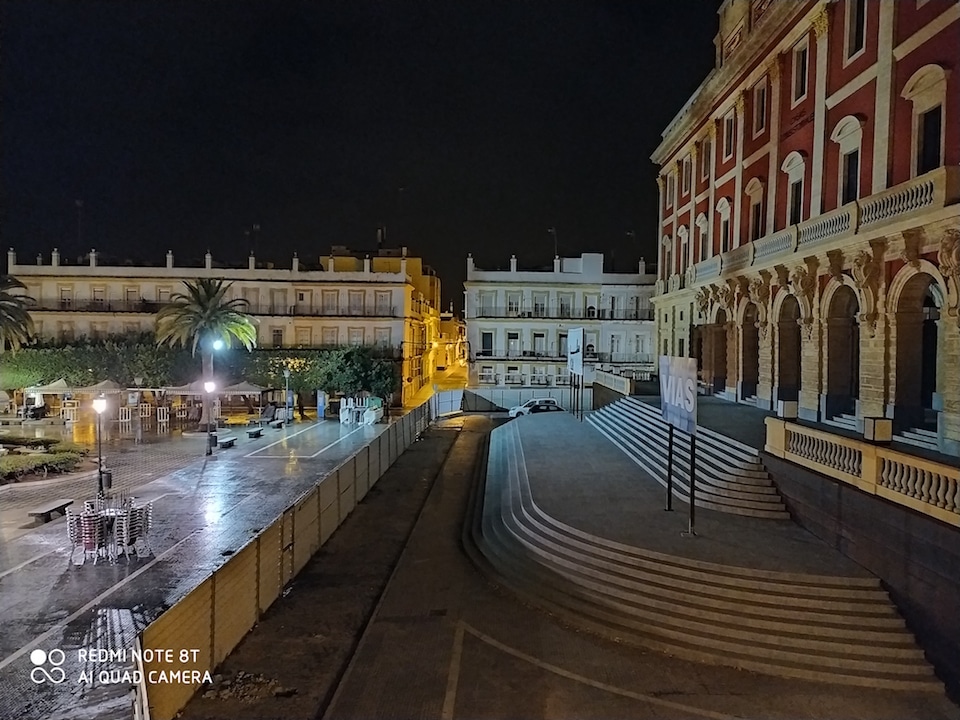
Night photo with night mode activated
What other good things does this phone have? Well, its 4.000 mAh battery, capable of lasting perfectly two days without having to resort to a plug; its 3,5 mm port (which will also allow you to enjoy the radio); and the inclusion of an infrared sensor and a nfc module (not always present in mid-range terminals and that will be very useful for pairing with devices and especially for mobile payments).
Worst? possibly your screen. The Redmi Note 7 lacked a fairly tight panel and with the Note 8T they have not waited to improve it. We have here a size of 6,3 inches and Full HD + resolution that feels somewhat insufficient, especially due to its fairly regular viewing angles. Also its edges, with some shading, denote that we are not facing a quality screen.
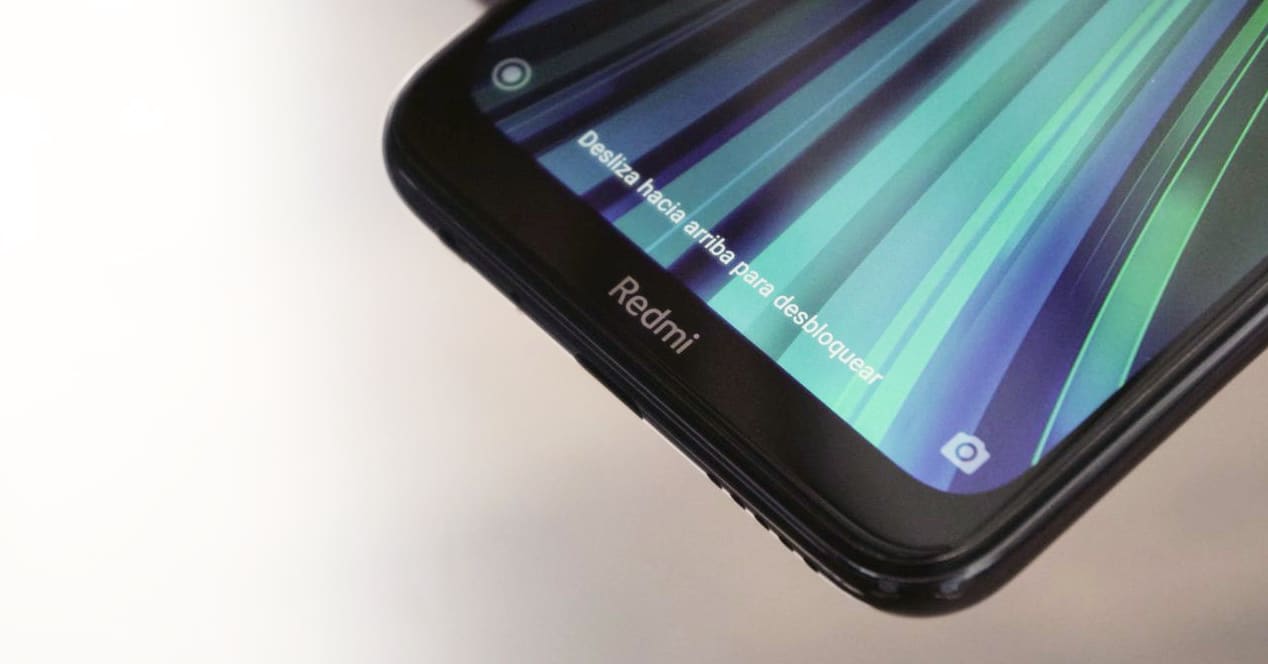
As for frameworks... are to comment separately. And it is that I can accept that the Redmi Note 8T has thick frames (we cannot ask for great design fanfare), but I cannot understand that the lower strip be so wide when the Redmi Note 8 is not. If you look for this phone on the internet -you have it, for example, on Amazon-, you will see that it has a narrower lower frame (and that also has the word Redmi), so I don't quite understand why Xiaomi has decided to change it in the Note 8T, making its front more ugly. A pity.
Should you buy the Redmi Note 8T?
I am going to tell you the same thing that I wrote when I reviewed the Redmi Note 7: It's hard for me to think of someone I wouldn't recommend to buy.. We once again have a phone with a solid design with which you will move with comfort and acceptable fluidity, with a very efficient fingerprint sensor, a fantastic battery and that offers you a relatively versatile photographic system and results that will always convince you that Do not be very demanding with photography in particular or a heavy user in general.
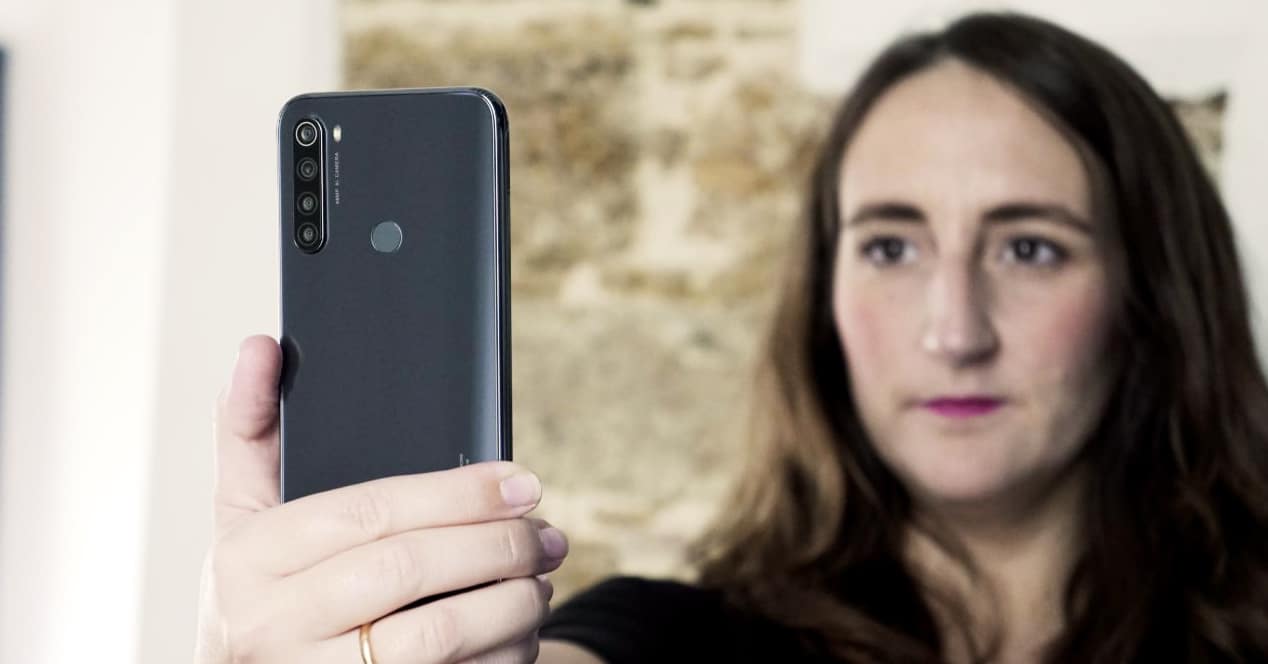
If you just felt identified, you should know that the Redmi Note 8T starts at the same price as its predecessor: 179 euros for the 3 Gb version and 32 GB of storage and $199 for that of 4 GB and 64 GB internal (it is the version that I have tested). There is also a 4 GB and 128 GB model for 249, but I think the most balanced option is the second one, as long as you know how to make good use of its storage (and seek help in the cloud).